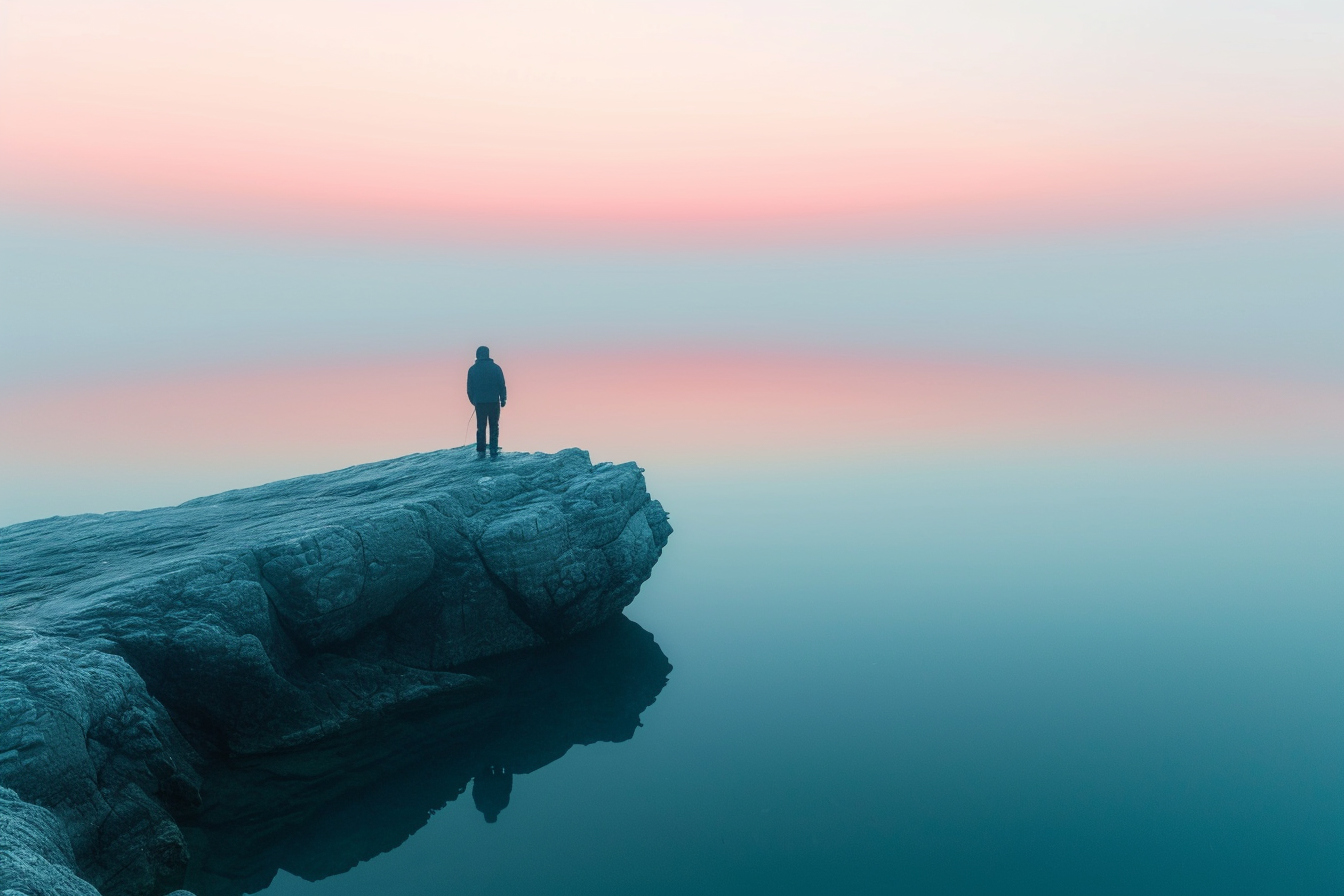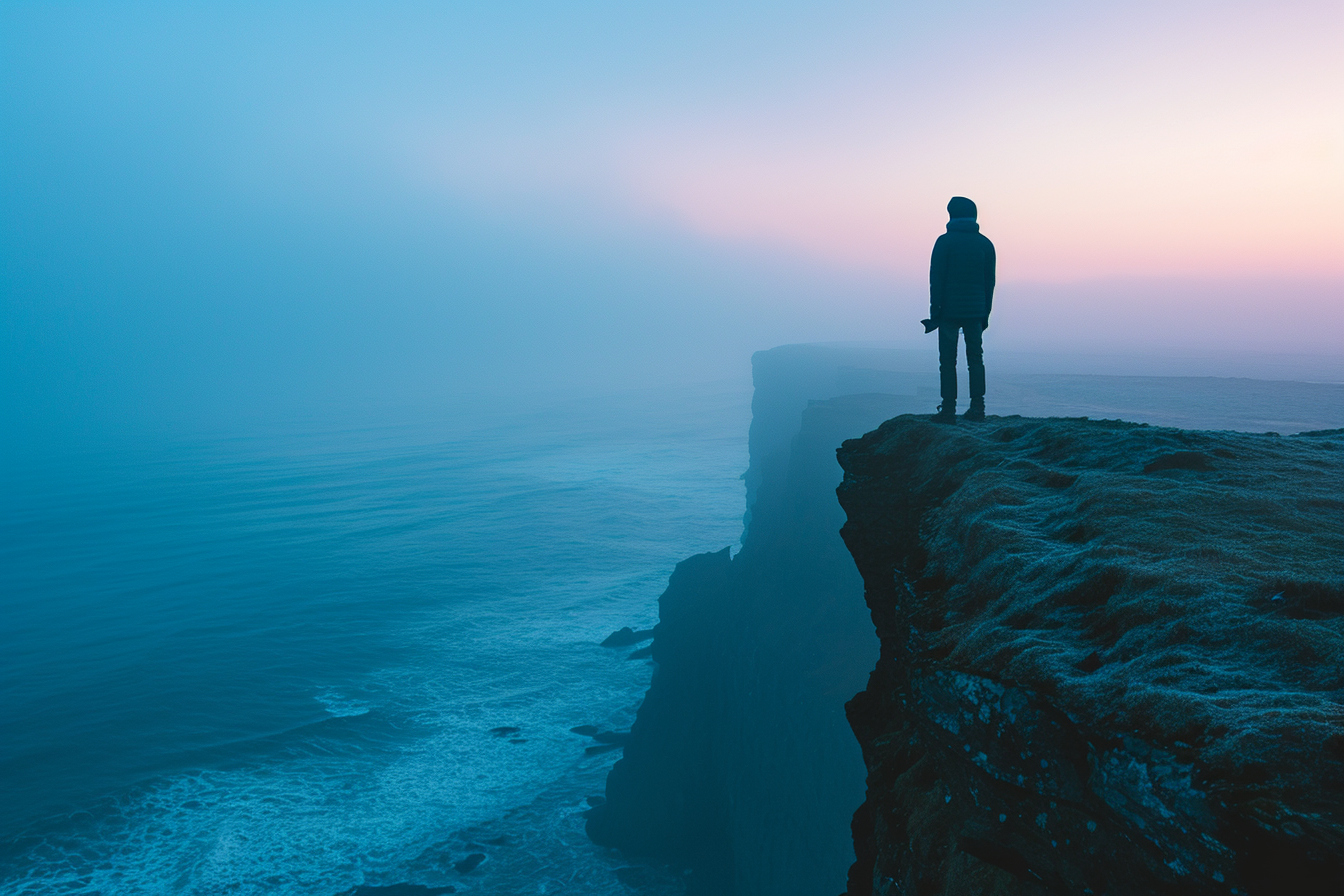Seaside landscape photography is an exhilarating sub-genre of landscape photography that offers unique challenges and rewards for photographers. With its ever-changing light, unpredictable weather patterns, and dynamic compositional elements, the coastal environment demands a skillful and thoughtful approach. Mastering the art of capturing coastal vistas is about much more than just clicking the shutter button at a pretty scene; it’s about understanding the nuances of the environment and using that knowledge to create compelling imagery.
Understanding coastal light
The quality of light at the seaside is distinct and can vary dramatically. Unlike inland landscapes, coastal scenes are significantly shaped by the openness of the horizon, which allows for unobstructed sunlight at sunrise and sunset, as well as more diffuse lighting on overcast days.
Golden hours
The soft, warm light during the golden hours – shortly after sunrise and before sunset – can cast a magical glow over the scene. During these times, long shadows and high color saturation can add depth and drama to your images.
Blue hours
Alternatively, the blue hours, which occur before sunrise and after sunset, offer cooler tones and a serene mood. This time is perfect for long exposure photography, capturing the movement of the sea and softening the landscape.
Midday light
Midday light is typically harsh and unflattering for seaside photography. However, with a high sun and clear skies, the strong light can create sharp contrasts and vibrant images – suitable for emphasizing textures and patterns within the coastal terrain.
Taming the elements
The coastal environment is subject to the whims of nature. Strong winds, salt spray, and sand can all pose risks to your equipment and challenge your patience.
wind
Bracing yourself and your gear against the wind is essential. A sturdy tripod is invaluable, and using a remote shutter release can prevent camera shake during exposure. It’s also wise to shield your lens from the wind to avoid blur from camera movement or debris.
Salt and sand
Protecting your camera from the corrosive effects of saltwater and intrusive sand requires careful handling and regular maintenance. Cleaning your equipment thoroughly after each seaside session will extend its life and ensure optimal performance.
Dynamic compositions
The seaside is replete with elements that can help you create dynamic and engaging compositions. Pay attention to both the grand landscapes and the intimate details, using them to lead the viewer’s eye and evoke emotion.
Leading lines
Employing leading lines – such as the receding tide, jetties, or patterns in the sand – can guide the viewer through your image and towards the focal point. Be it a setting sun, a dramatic cliff edge, or a lone lighthouse, using these natural lines will strengthen your composition.
Foreground interest
Adding interest in the foreground gives a sense of depth and scale to your images. Rocks, driftwood, or even footprints in the sand can serve as interesting elements that anchor the scene and offer a point of entry into the image.
Rule of thirds
The rule of thirds remains a staple in composition technique, especially in landscape photography. By placing the horizon on the upper or lower third line, and any key elements or subjects along the intersecting points, images often become more balanced and visually engaging.
Negative space
Incorporate negative space – the open sea or sky – to contrast the busier elements of your composition, allowing them to breathe and stand out. Negative space can also serve to highlight the vastness and isolation of the coastal environment.
Technical considerations
Mastering the technical aspects of photography is just as vital as understanding the art of composition. Cameras are complex tools, and attaining proficiency with your equipment is crucial to translating your vision into a photograph.
Exposure triangle
Balance the exposure triangle (ISO, aperture, and shutter speed) to suit the mood you’re aiming to capture. Lower ISO settings will ensure the highest image quality, and working with a narrower aperture will yield greater depth of field, keeping more of your scene in focus.
Shutter speed mastery
Experimenting with different shutter speeds is particularly rewarding in seaside photography. Fast shutter speeds freeze the action of waves, while longer exposures create a dreamy, ethereal look as the water blurs.
filters
Polarizing filters can reduce glare from the water and enhance the sky’s colors, whereas neutral density filters enable you to use longer exposure times in bright conditions. Graduated ND filters are invaluable for balancing the exposure between a bright sky and a darker land or sea.
Focus techniques
Utilize manual focus for precision, especially in low light or when you need to lock the focus on a specific element of the scene. Alternatively, when using autofocus, use single-point AF to ensure the camera focuses exactly where you intend.
The art of patience

Seascape photography often requires the photographer to wait for the perfect moment. Tides, cloud formations, and the sun’s position are all constantly shifting and can transform a good image into a great one within minutes.
Planning your shoot
Researching and planning your shoot is an integral part of the process. Use tide tables to decide the best time to visit, and apps or maps for tracking the sun’s position throughout the day. Monitoring weather forecasts can also greatly influence your chances of capturing that perfect moment.
Embracing serendipity
While planning is essential, some of the best images result from unforeseen conditions. Be open to the unexpected, and allow the serenity or the tumult of the seascape to guide your creative instincts. Sometimes, a sudden storm or an unplanned composition can result in the most striking photographs.
Preserving the environment
As photographers who venture into the natural world, it is our responsibility to safeguard the environments we capture. Practice leave-no-trace principles, be aware of local wildlife and their habitats, and ensure that you do not disturb the natural order of the coastal locale.
Final thoughts

Seaside landscape photography is as much a pursuit of technical excellence as it is an exercise in creative expression. Mastering the art of capturing breathtaking coastal vistas requires dedication to understanding light, weather, and the unique challenges of the coastal environment. Strive to maintain the delicate balance between being prepared and being adaptable to what the seaside may present you. With each venture onto the sand, into the spray, and under the expanse of the coastal skies, refine your craft, hone your vision, and continue your path toward mastering the mesmerizing art of seaside landscape photography.
